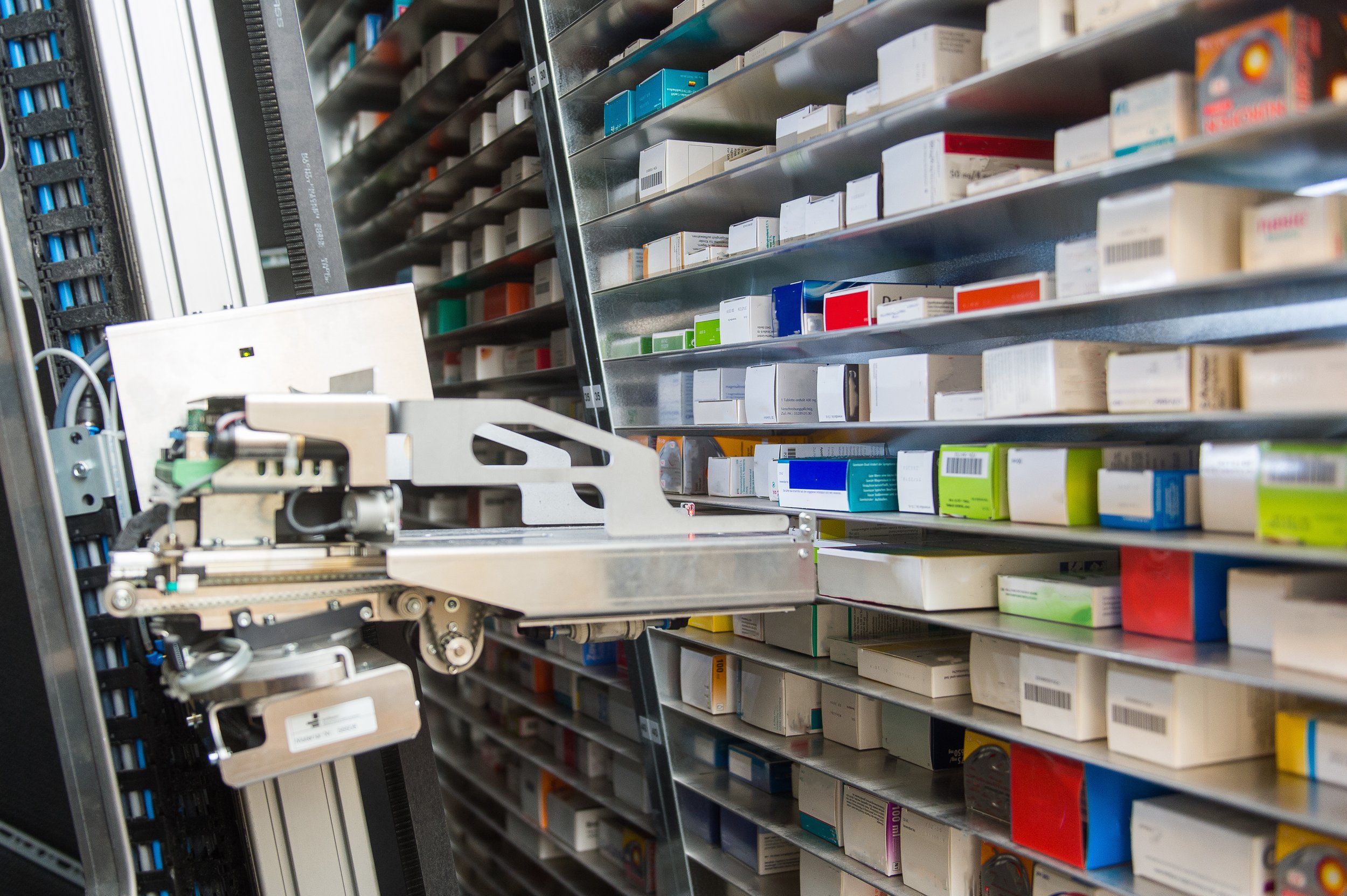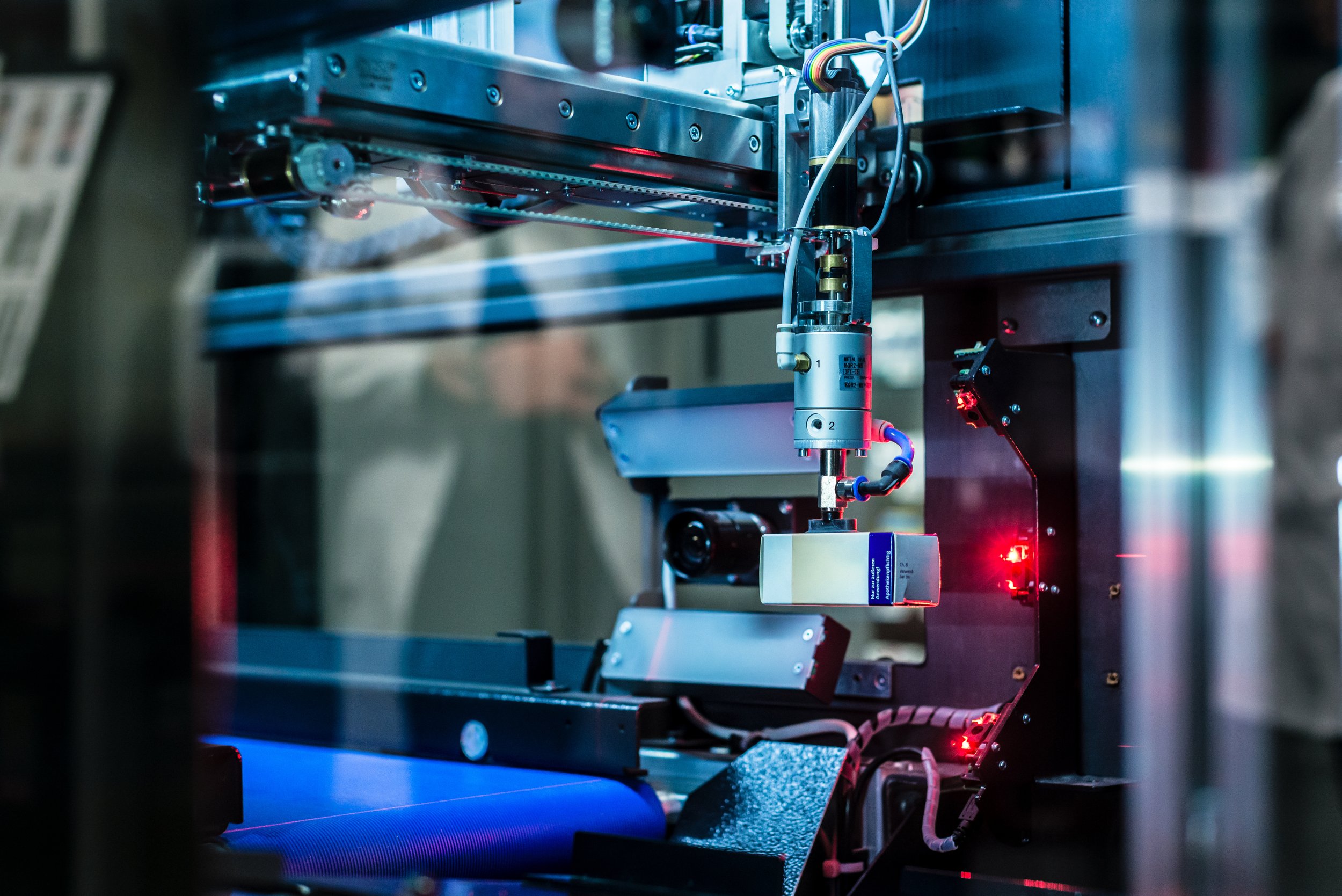
Is Pharmacy Automation
a Disruptor?
Exploring the benefits of pharmacy automation and a case for how it enhances clinical work by allowing pharmacists and technicians to focus on more complex tasks, improving efficiency and accuracy, thereby enhancing patient safety.
Introduction
Pharmacy automation is a cutting-edge technology designed to streamline pharmacy operations, improve accuracy, and enhance patient safety. Contrary to the belief that pharmacy automation displaces pharmacists and technicians, it actually enhances their clinical work by allowing them to concentrate on more complex tasks. This, in turn, increases efficiency and accuracy, ultimately improving patient safety.
Background
Pharmacy automation has been in existence for over 25 years, constantly evolving and improving during this period. The primary objective of pharmacy automation is to enhance patient safety by minimizing human touchpoints during medication dispensing, ensuring accuracy and security. This is particularly crucial when handling controlled substances such as Vicodin, which necessitate stringent regulations for management and storage.
Benefits
Increasing Efficiency and Accuracy
A key advantage of pharmacy automation is its ability to improve efficiency and accuracy. For instance, automated dispensing systems enable pharmacists and technicians to swiftly fill prescriptions and manage inventory, thus reducing time spent on administrative tasks. Robotic prescription filling machines can dispense medications more accurately and faster than humans, allowing pharmacists and technicians to concentrate on complex tasks like medication therapy management and patient counseling.
Improving Patient Safety
Pharmacy automation also enhances patient safety. Automated dispensing systems can prevent medication errors by ensuring the correct medication and dosage are dispensed to the right patient. Technologies such as barcode scanning and electronic prescribing further reduce errors and enhance safety by alerting pharmacists and technicians to potential drug interactions or allergies, guaranteeing patients receive appropriate medications.
Empowering Pharmacists to Focus on Clinical Tasks
Pharmacy automation empowers pharmacists and technicians to focus on more complex clinical tasks. For example, automated dispensing systems can manage inventory and fill prescriptions, allowing pharmacists to conduct medication therapy management and patient counseling. This helps improve patient outcomes and minimize the risk of adverse drug events.
Challenges
Implementing pharmacy automation does pose challenges that pharmacies must carefully consider and address to ensure successful implementation. These challenges include:
Cost: Pharmacy automation systems can be costly, creating a barrier for smaller pharmacies or those with limited budgets.
Training: Specialized training for pharmacists and technicians is required, which can be time-consuming, expensive, and may take time for staff to become proficient.
Integration with existing systems: Pharmacy automation systems must integrate with existing pharmacy management systems, EHRs, and other systems, which can be complex and time-consuming.
Workflow changes: Implementing pharmacy automation can necessitate workflow changes, which may disrupt and require adaptation by staff.
Maintenance and support: Ongoing maintenance and support can be time-consuming and costly, including software updates, hardware maintenance, and technical support.
Data security: Data security is crucial, as pharmacy automation systems may store sensitive patient information. Pharmacies must ensure system security and compliance with relevant regulations and guidelines.
Conclusion
Pharmacy automation enhances rather than disrupts clinical work. By alleviating administrative tasks, boosting efficiency and accuracy, and promoting patient safety, pharmacy automation allows pharmacists and technicians to focus on more complex clinical tasks. Utilizing pharmacy automation can lead to improved patient outcomes and reduced adverse drug events, ultimately elevating the quality of patient care.




